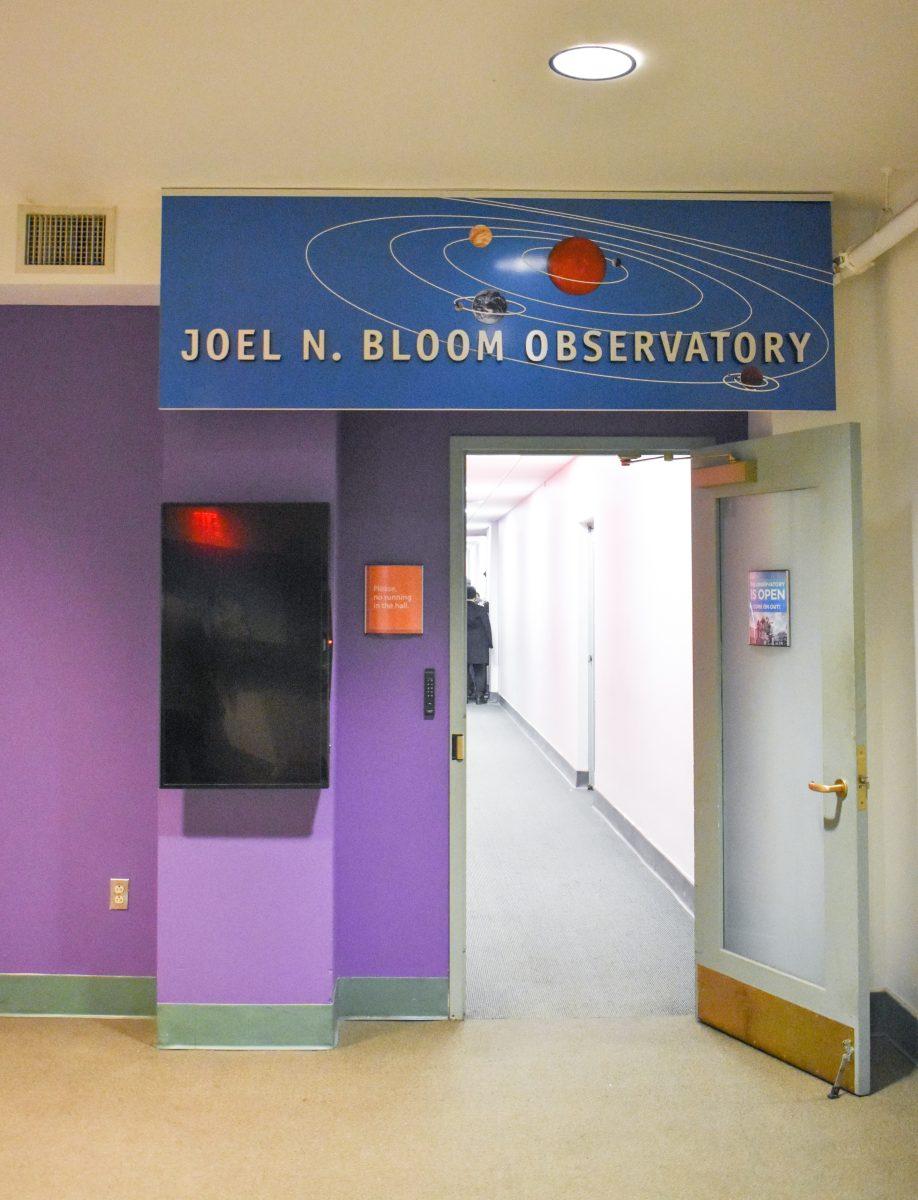A trip to the Franklin Institute Observatory
A black ink sky was lit by the glistening of the stars, which had never looked more beautiful than from my spot on the roof of the Franklin Institute in Center City Philadelphia.
I was there for Night Skies with my friend Tyler Yucha, ’19, who accompanied me for his first trip to this event. This monthly event is hosted by Franklin Institute Chief Astronomer Derrick Pitts in the Joel N. Bloom Observatory.
The event will take place on March 8, though it is usually held on the second Thursday of every month.
At Night Skies, you can stargaze with NASA-grade telescopes for a look at stars, planets, and nebulae. Admission to the event is $10 for nonmembers and $5 for members of the Franklin Institute.
The entrance fee includes access to Ben’s Starlight Lounge, a cash bar on the museum’s fifth floor, a variety of planetarium shows, a live presentation on astronomy, and hands-on science activities.
One of those presentations was run by David Wrigley, Traveling Science Show Presenter for the Franklin Institute. Wrigley stood before a table with a diorama display of the constellation Virgo.
Wrigley told me his entire life was changed by a simple quote by noted American astronomer Carl Sagan: “We’re made of star-stuff. We are a way for the cosmos to know itself.”
The best part of the night, though, is the continuous telescopic observing all evening, if the weather permits.
The moment I stepped into the observatory, I had to hold my hat tighter and rewrap my scarf. Once I went up to the first telescope, though, the cold wasn’t an issue anymore.
There I got my first glimpse of the moon, so close that I could see every little divot on its surface. Another telescope was focused on Venus, which appeared bright red like a tiny ruby.
I wasn’t the only visitor fascinated by what I saw. University of Pennsylvania student Aui Shaya said he was “awed” every time he looked into the abyss that is the galaxy above.
Yucha also said he has always been enthralled by the stars.
“I’ve always loved looking up at the sky,” Yucha said. “It reminds me that we’re not the only ones out there. It was a great experience to come get even a small glance into the unknown that I’ve always been fascinated with.”
Jesse Goldman, Ph.D, the only professor who teaches astronomy at Saint Joseph’s University, said his most memorable stargazing moment took place on the top of Mauna Kea, a mountain on the mainland of Hawaii.
But you don’t need NASA telescopes to have a good stargazing experience.
For campus stargazing, Goldman suggested that students head to the back of Saint Mary’s Field, away from campus lights and general city light pollution.
“When I look into the night sky I think of all that we cannot see and how it can change our view of the sky and the world or people around us,” Goldman said.















































